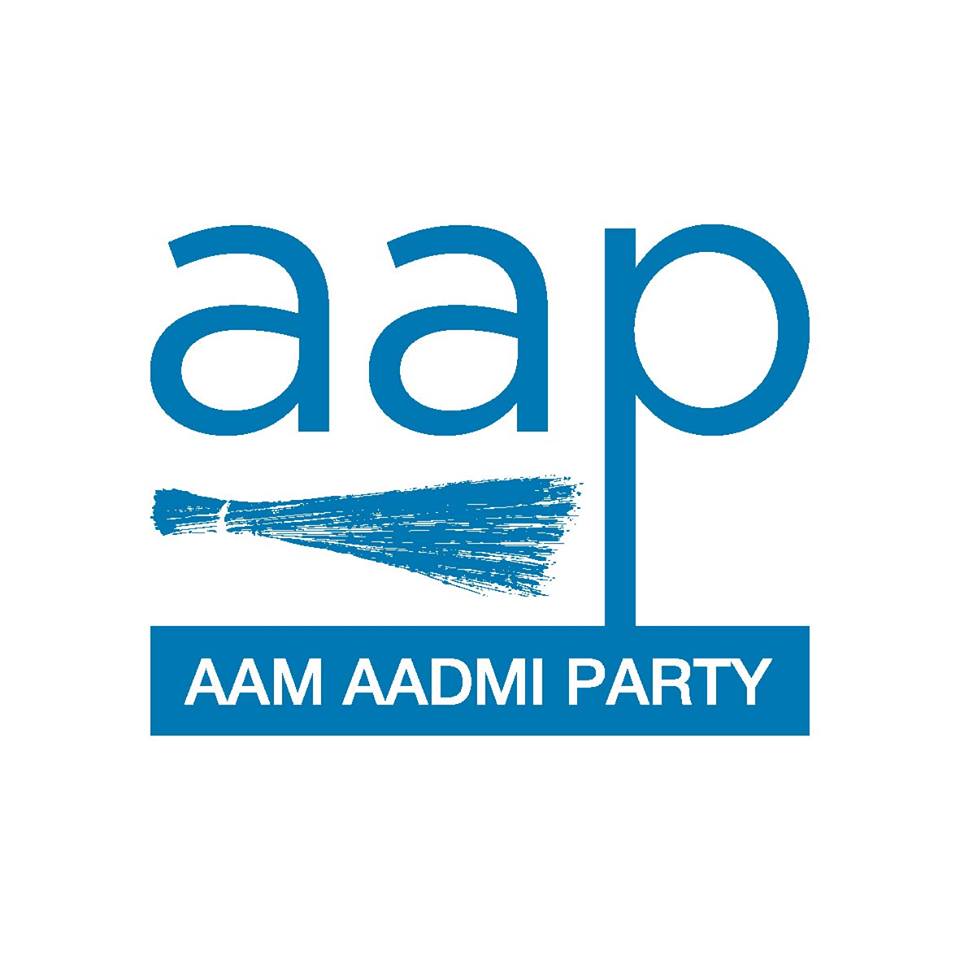

Sewage Treatment Plants (STPs)
16 New Sewage Treatment Plants (STPs) are being installed.
These include:
STP at Coronation Pillar
It is an integral part of Delhi’s Sewage Master Plan 2031 and will be Asia’s biggest and cheapest plant and will be sustainable in respect of power consumption. It is also the biggest plant ever built in India based on the activated sludge technology.
With the completion of this project on 5th Mar 2022, 318 MLD of wastewater from 2 Major drains falling into Yamuna – Najafgarh and Supplementary – will now be treated.
The project cost of this STP was Rs 602 crore, but will be completed in Rs 515 crore, resulting in Rs 87 crores saving.
This will benefit 23 lakh people living in colonies in Shakti Nagar, Kamla Nagar, Roop Nagar, DU Campus, Nehru Nagar, Swaroop Nagar, Bhalaswa, Sant Nagar and Wazirabad Group of Colonies.
The colonies which will benefit from the plan include Shakti Nagar, Kamla Nagar, Roop Nagar, DU Campus, Nehru Nagar, Swaroop Nagar, Bhalaswa, Sant Nagar and Wazirabad Group of Colonies.
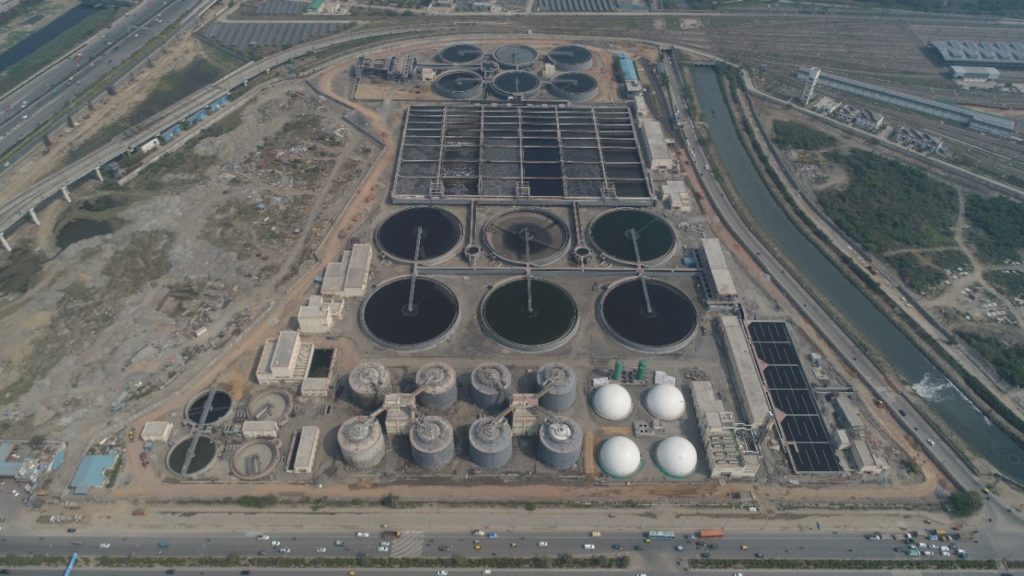
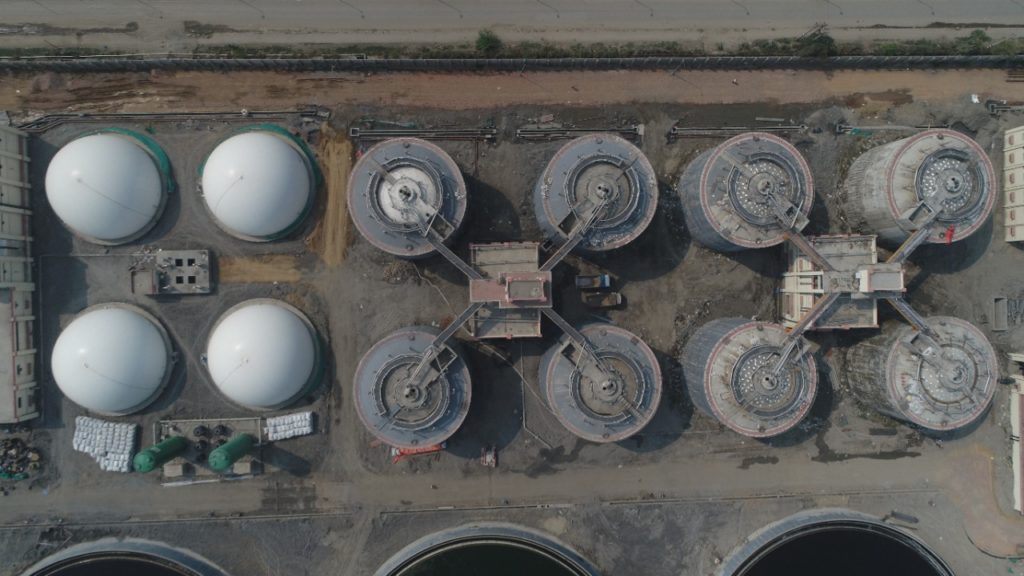

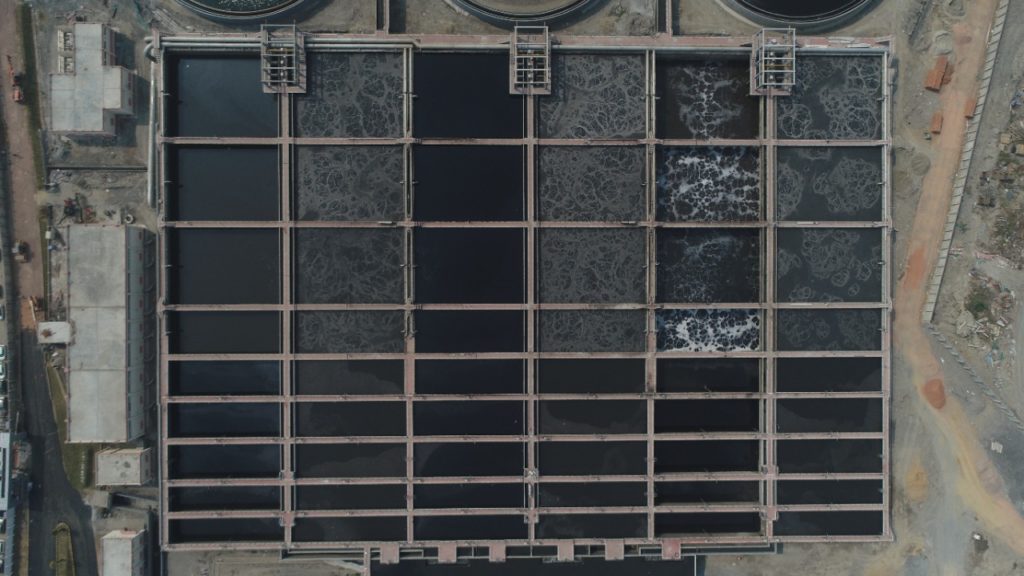
(Source: Tweet by Ankit Srivastava)

STP at Okhla
India’s largest STP (also one of the largest in the world) with a capacity of 564 million gallons of wastewater per day (MGD) will be operational by end-2022 at Okhla and will cater to 40 lakh residents. Total cost of the project is Rs 1,161 crores.
“The new STP will be set up under the Yamuna Action Plan – III scheme. The plant will treat the wastewater that goes into the Yamuna directly. It’s a major step towards cleaning the river.” – Dinesh Mohaniya, DJB Vice-Chairman

(Source: Delhi Dialogue and Development Commission – Performance Report 2015-2019)

14 new mini-STPs
Construction of 14 mini sewage treatment plants under the Najafgarh drain zone has been approved, along with laying of internal sewage system in Somesh Vihar, Jhuljhuli and Dichaon Kalan group of colonies, covering a population of around eight lakh. This is another step top reduce water pollution in the Yamuna. (Source: Delhi Dialogue and Development Commission – Performance Report 2015-2019)

STP for Roshanara Bagh lake
The process of setting up a sewage treatment plant of 6-7 million litres per day capacity and rejuvenation of a four-acre lake in Roshanara Bagh is under way. The treated water will be sufficient to fill the pond and irrigate the 57 acre garden. The tender has already been finalised. NMDC has agreed to provide 500 square metres of space and given the NOC for carrying out the work.

New Sewage Pumping Station at Harsh Vihar
On 2nd Mar 2022, Water Minister Satyendar Jain laid the foundation stone for a sewage pumping station in Harsh Vihar. With a capacity to pump 3.85 million gallons of sewage per day, it will collect & pump sewage generated from 8 unauthorized colonies of Gokalpur Constituency to Yamuna Vihar STP.

Sump & Pump House at Najafgarh Dhasa Stand Metro Station
On 6th March 2022, a 5 lakh litres capacity Sump and Pump House was inaugurated at Najafgarh Dhasa Stand Metro Station. With the commissioning of this sump and pump house, the problem of water logging in Najafgarh market is expected to be relieved.

Water Treatment Plants
[ The Delhi Jal Board (DJB) operates nine water treatment plants at Wazirabad, Chandrawal, Haiderpur, Sonia Vihar, Bhagirathi WTP, Okhla, Nangloi, Dwarka and Bawana to supply 935 MGD potable water every day.]
- Three big water treatment plants in Chandrawal, Dwaraka and Sonia Vihar with a combined capacity of almost 300 MGD were under construction as of 10th June 2019.
- Four decentralised water treatment plants will be installed on the banks of the Yamuna, each with a capacity of 4 million gallons per day, Manish Sisodia, Delhi Dy CM and Finance Minister, announced in his 2020-2021 budget speech.
For decentralization of wastewater treatment, three strategies have been adopted.
- An ambitious plan to revive 159 Water Bodies and 5 Mega Lakes using treated water, with a budget of INR 376 crores has been approved.
- DJB will give 90% rebate on sewer charges monthly, to parks, schools, commercial complexes and industries who set up Decentralized Sewage Treatment Plants (DSTP). 5000 parks in Delhi are expected to be roped in for this project, which will make them self-sufficient to meet water needs.
- The financial assistance to resident welfare associations (RWAs) and NGOs has been revised from INR 1 lakh per acre to INR 2 lakh per acre for maintenance and development of parks registered with the Delhi Parks and Gardens Society (DPGS).
(Source: Delhi Dialogue and Development Commission – Performance Report 2015-2019)

Drain Water Treatment Plants
The DJB employed the city’s first Drain Water Purification System in the Shahdara Link Drain near Akshardham in Nov 2019.
This drain water harvesting pilot plant is capable of treating around 4 million gallons of sewage water per day and has been constructed by DJB in collaboration with Alcantarilla Limpiar Equipo Pvt Ltd.
This drain water harvesting pilot plant is capable of treating around 4 million gallons of sewage water per day and has been constructed by DJB in collaboration with Alcantarilla Limpiar Equipo Pvt Ltd.
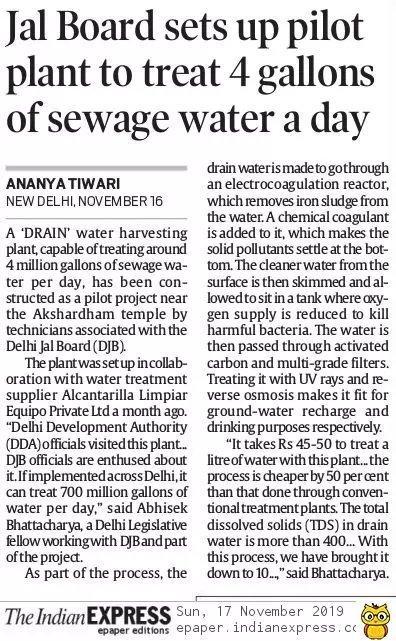

(Source: Delhi Dialogue and Development Commission – Performance Report 2015-2019)
The mobile equipment has the capability to recycle drain water and produce three different purification levels of output: drinking water level purification, ground water recharge level purification and for horticulture use. Akshardham unit produces water clean up to biochemical oxygen demand (BOD) level 10.
The Electro-coagulation process employed is 50 percent cheaper than that done through conventional treatment plants.

New Sludge Treatment Plant at Kondli STP
On 23rd Feb 2022, the Delhi Jal Board (DJB) announced it is setting up a 200 TPD (tonnes per day) capacity sludge treatment plant at its Kondli sewage treatment plant (STP), adding that in the next two years, all STPs in Delhi will have its own sludge treatment facility.
It was observed that the DJB’s 36 STPs produce about 700-800 tonnes of sludge — residue that accumulates in sewage treatment plants — daily, which will be treated using modern technology. The salient features of this technology are:
- Sludge treatment plant will use hot air oxidation
- Sludge is dried using hot air and converted to biochar
- After the onset of this, only 5% residue is left
- Residue will be used in making tiles and soil conditioning
“Within the next two years, all STPs in Delhi will have an independent sludge treatment plant so that there is no dependency on municipal corporations for its disposal. Similar solutions will be implemented in the 13 common effluent treatment Plants (CETPs) in industrial areas as sludge produced by industrial units can be hazardous in nature.”, Satyendar Jain, Water Minister, 23rd Feb 2022 (Link)

Upgrading 20 Biogas and Sewage Treatment Plants (STPs)
On 1st Dec 2021, the DJB started upgrading all of its sewage treatment plants and biogas plants. This will also help keep the Yamuna clean. Water Minister Satyender Jain also said new tariffs for supplying treated wastewater for irrigation purposes to farmhouses and institutional facilities were also decided in the review meeting. An amount of ₹5,000 per acre per month would be charged from the beneficiaries apart from a one-time fixed cost of ₹10,000 per acre towards infrastructure charge. This is expected to reduce the burden on groundwater resources.
A government official said that the 20 biogas plants under DJB have a capacity to handle around 400 million gallons per day (MGD), out of which only 240 MGD is currently functional. Delhi’s capacity for treating sewage will also be raised to 800-850 MGD from the current 600 MGD.
“Under the project, the biogas plants which treat sludge will also be upgraded to handle all types of solid waste, such as waste from STP, septage from septic tank, cow dung from dairies and municipal solid waste from mandis and nearby societies/colonies” – Delhi Jal Board official
Satyendar Jain said that though municipal waste handling comes under MCD, DJB will lead this initiative to clean waste in order to reduce the burden on existing landfills.

Yamuna Cleaning
Please refer to “Water – Yamuna Cleaning“.


